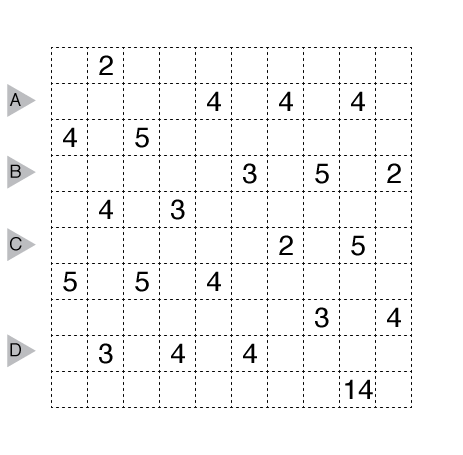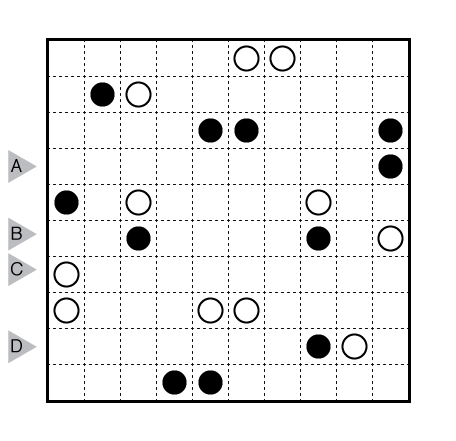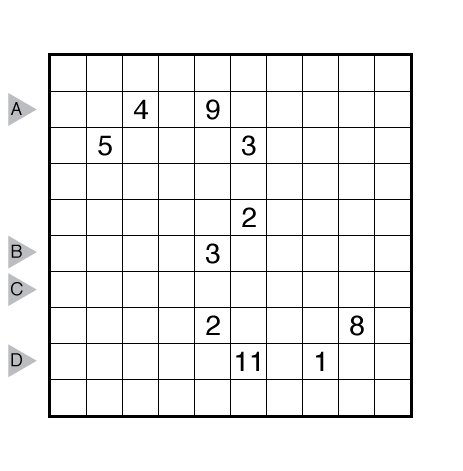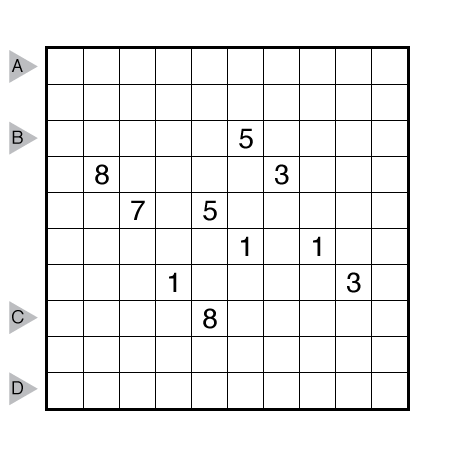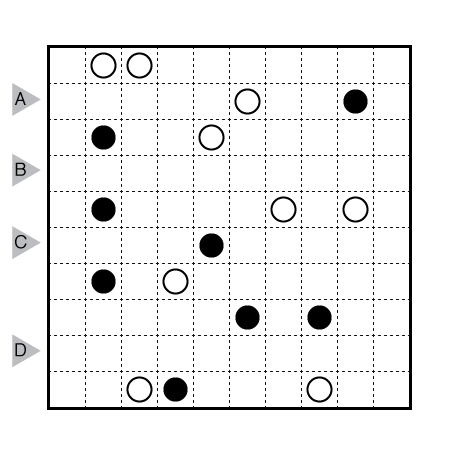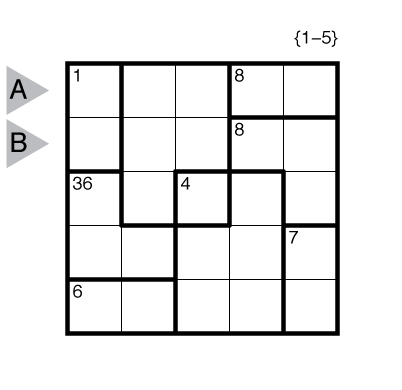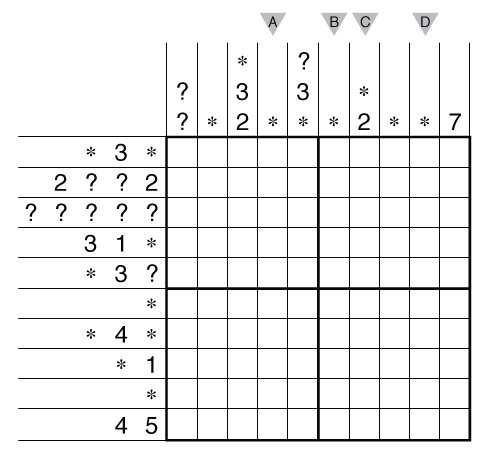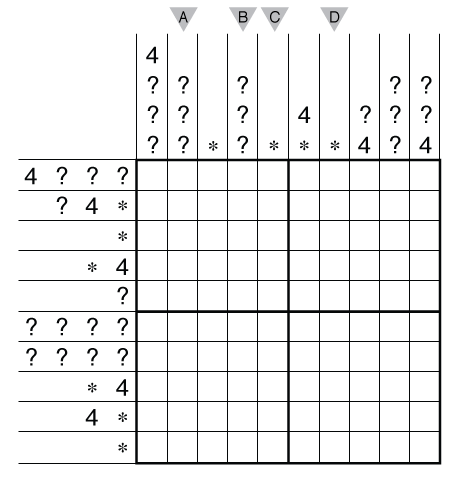Deficit Sudoku by Thomas Snyder
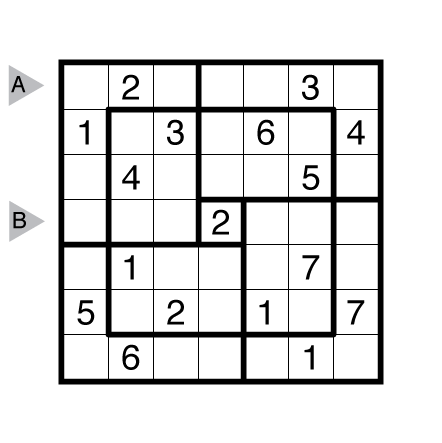
or solve online (using our beta test of Penpa-Edit tools)
Theme: Counting Puzzle?
Author/Opus: This is the 184th puzzle from Thomas Snyder, aka Dr. Sudoku.
Rules: Standard Deficit Sudoku rules.
Answer String: Enter the 1st row from left to right, followed by a comma, followed by the 4th row from left to right.
Time Standards (highlight to view): Grandmaster = 1:20, Master = 2:00, Expert = 4:00
Solution: PDF
Note: Follow this link for other Deficit and Surplus Sudoku.

